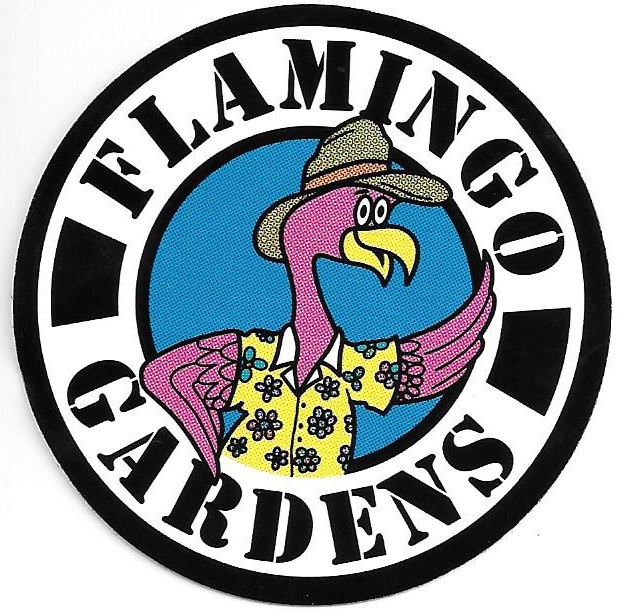Red Banana
- **Type**: Tropical herbaceous perennial (not a true tree, despite its size)
- **Height**: 6 to 15 feet (1.8 to 4.5 meters) in temperate climates; up to 20-40 feet (6-12 meters) in tropical regions
- **Width**: 6 to 10 feet (1.8 to 3 meters)
- **Growth Habit**: Upright, single pseudostem with large, arching leaves forming a dramatic rosette
- **Foliage**:
- Huge, paddle-shaped leaves, up to 10 feet long (3 meters) and 2 feet wide (60 cm)
- Olive-green with bold burgundy-red to wine-red coloration, especially on veins and undersides
- Glossy texture, evergreen in frost-free zones; dies back in cold climates
- **Flowers**:
- Large, pendant inflorescences, 3 to 10 feet long (0.9 to 3 meters), with creamy-yellow to white blooms
- Appear only once at maturity (monocarpic), typically after 3-10 years; rare in cultivation
- No significant fragrance, attracts butterflies in tropical settings
- **Fruit**:
- Dry, inedible, banana-like fruits with hard, black seeds
- Not grown for fruit but for ornamental value; in Ethiopia, the starchy corm and stem base are edible after processing
- **Light**: Full sun (6+ hours daily) for best color and growth; tolerates partial shade (4-6 hours)
- **Soil**:
- Well-drained, rich in organic matter; prefers loamy or sandy soils
- Slightly acidic to neutral (pH 6.0 to 7.0)
- **Watering**: High; keep soil consistently moist but not soggy, especially in summer; drought-tolerant once established but looks best with regular water
- **Hardiness**: USDA Zones 9 to 11 (20°F or -6°C; grown as an annual or overwintered indoors elsewhere)
- **Wildlife**: Attracts butterflies when flowering; deer-resistant due to tough foliage
- **Care**:
- Fertilize monthly in spring and summer with a balanced mix (e.g., 10-10-10) or high-nitrogen fertilizer
- Protect from strong winds to prevent leaf tearing; mulch in Zone 9 for winter
- In colder zones, dig up the corm in fall, trim leaves, and store dry at 45-50°F (7-10°C) until spring
- **Pests/Diseases**:
- May attract aphids, spider mites, or mealybugs
- Susceptible to root rot in cold, wet soil; avoid overwatering in winter
- **Uses**: Specimen plant, large containers, tropical borders, poolside accent
- **Growth Rate**: Fast; can grow 5-10 feet in a single season with ample water and nutrients
- **Special Features**:
- Native to East Africa; a cultivar of *Ensete ventricosum* prized for its red-tinged foliage
- Monocarpic (dies after flowering), does not produce offsets like *Musa* bananas
- RHS Award of Garden Merit winner for ornamental appeal
The Red Ensete Banana’s towering, red-flushed leaves make it a jaw-dropping focal point for tropical gardens or patios, thriving in sun and warmth with a lush, exotic vibe. It’s not about fruit—it’s all about that bold, architectural look. Let me know if you’d like more care tips or design ideas!
